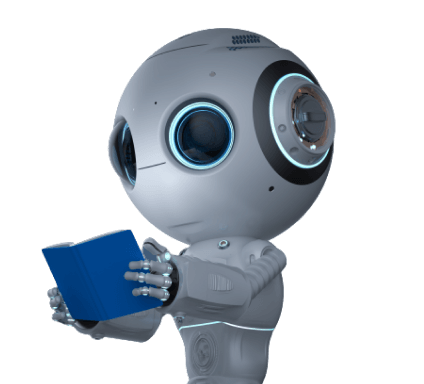Results for ""
Decision intelligence is a new field that helps support, augment and automate business decisions by linking data with decisions and outcomes. It uses a combination of methods and technologies to improve how decisions are made in companies. Moreover, it includes continually evaluating and optimizing decision outcomes through a feedback system.
Decision intelligence combines the best-applied data science, social science and managerial science into a unified field that helps people use data to improve their lives and business. It is a vital science for the AI era, covering the skills needed to lead AI projects responsibly and design objectives, metrics and safety-net for automation at scale.
Decision intelligence technology combines existing technologies, including AI and process automation, with the ability to do more than any of them individually. AI and machine learning are focused on data; they can generate insights but are often disconnected from the execution and outcome of decisions.
Understanding decision
Decisions affect the world around us. In a computer system, appending a label such as a cat versus not-cat to a user's photo is a decision executed by the system, while figuring out whether to launch that system is a decision taken thoughtfully by the human in charge.
A decision-maker is not a stakeholder or investor who swoops in to veto the team's decisions but rather the person responsible for decision architecture and context framing. Furthermore, it is essential to understand that not all outputs or suggestions are decisions. In decision analysis terminology, a decision is only made once an irrevocable allocation of resources takes place.
One way to approach learning about decision intelligence is to treat it along traditional lines into its qualitative aspects and quantitative aspects:
- Qualitative side: The disciplines making up the qualitative side have traditionally been referred to as the decision sciences. Decision sciences concern themselves with questions like whether your chosen metric is incentive-compatible, what quality you should make this decision, and how much you should pay, etc.
- Quantitative side: Strategies based on pure mathematical rationality tend to underperform relative to those based on joint mastery of the quantitative and qualitative sides.
Decision intelligence in business decision making
There are three levels at which DI can support business decisions- a bit like the increasing level of autonomy in assisted driving. The first level is decision support, in which machines provide basic tools to support human decision-making, such as alerts, analytics and data exploration.
The second level is decision augmentation, in which machines play a more proactive role in decision-making. They analyze the data and generate recommendations and predictions for human decision-makers to review and validate.
Finally, the third level is decision automation, reducing the human involvement needed in the decision process. At this level, machines outperform both the decision step and the execution step autonomously.
Today, while most companies have tried to transform with AI, they face difficulties scaling their transformations and generating the expected business impact. Decision intelligence helps provide this capacity.
Sources of Article
Forbes
Medium






